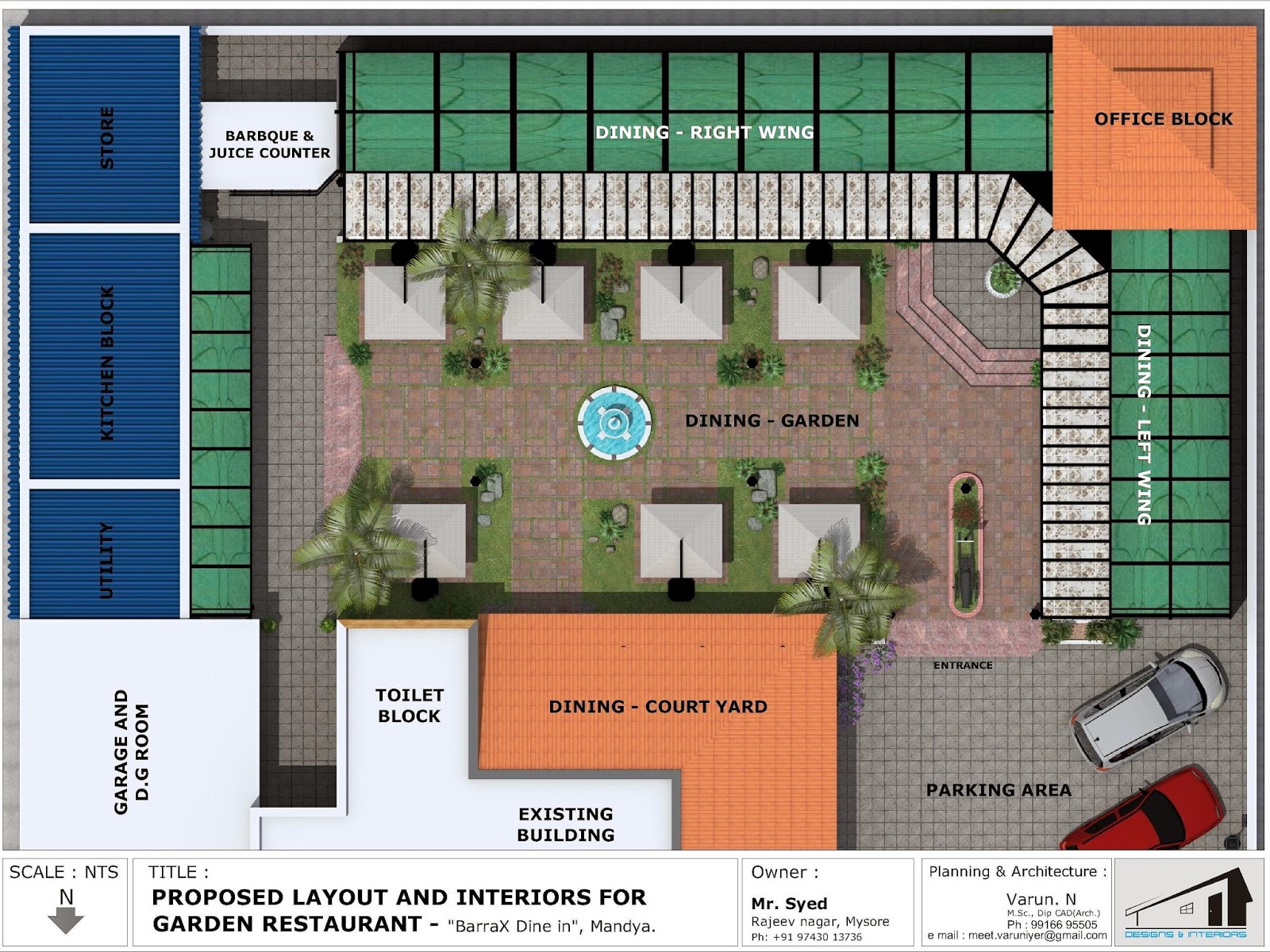Indian architecture is that vast tapestry of production of the Indian Subcontinent that encompasses a multitude of expressions over space and time, transformed by the forces of history considered unique to the sub-continent, sometimes destroying, but most of the time absorbing. The result is an evolving range of architectural production that none the less retains a certain form of continuity.
Different
types of Indian architectural styles include a mass of expressions over space
and time, transformed by the forces of history considered unique to India. As a
result of vast diversities, a vast range of architectural specimens have
evolved, retaining a certain amount of continuity across history.
Like all other aspects, colonization of Indian also had an impact on
architecture style. With colonization, a new chapter in Indian architecture
began. The Dutch, Portuguese and the French made their presence felt through
their buildings but it was the English who had a lasting impact on
architecture.

Indo Islamic
Architecture:
The medieval period saw great developments in the field of architecture. With
the coming of Muslims to India,
many new features came to be introduced in buildings. The development of Muslim
Style of Architecture of this period can be called the Indo-Islamic
Architecture or the Indian Architecture influenced by Islamic Art. The
Indo-Islamic style was neither strictly Islamic nor strictly Hindu.

Ancient Architecture:
Indian architecture is as old as the history of the civilization. The earliest
remains of recognizable building activity in the India
dates back to the Indus
Valley cities. Among India's ancient
architectural remains, the most characteristic are the temples, Chaityas,
Viharas, Stupas and other religious structures.

Cave Architecture:
The cave architecture in India is believed to have begun in the third century BC. These caves were used by Buddhist and Jain monks as places of worship and residence. Initially the caves were excavated in the western India. Some examples of this type of cave structure are Chaityas and Viharas of Buddhists, ajanta ellora caves in maharashtra.
The cave architecture in India is believed to have begun in the third century BC. These caves were used by Buddhist and Jain monks as places of worship and residence. Initially the caves were excavated in the western India. Some examples of this type of cave structure are Chaityas and Viharas of Buddhists, ajanta ellora caves in maharashtra.

Rock Cut:
The Rock-cut structures present the most spectacular piece of ancient Indian
art specimen. Most of the rock-cut structures were related to various religious
communities. In the beginning, remarkable Buddhist and Jain monuments were
produced in areas such as Bihar in the east and Maharashtra
in the west and mahabalipuram in Tamilnadu, south India.
In ancient India,
temple architecture of high standard developed in almost all regions. The
distinct architectural style of temple construction in different parts was a
result of geographical, climatic, ethnic, racial, historical and linguistic
diversities. Ancient Indian temples are classified in three broad types. This
classification is based on different architectural styles, employed in the
construction of the temples.











